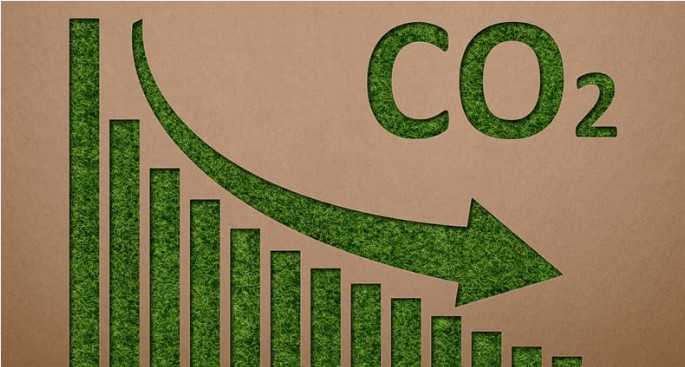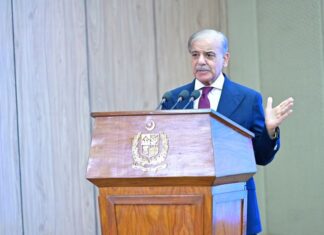Pakistan will require over $390 billion in additional investment by 2050 to transition towards low-carbon energy solutions, including a shift from coal to gas in industries, electrification of transport, and replacing gas with electricity for cooking, according to a recent report released by the Asian Development Bank (ADB).
The report, titled “Pakistan Low-Carbon Energy Outlook and Technology Road Map,” highlights the substantial financial commitment needed for energy expansion under a low-carbon scenario. Hydropower generation will require $153 billion, nuclear energy $103 billion, wind power $62 billion, and solar energy $51 billion.
Additionally, $22 billion will be needed to upgrade the power transmission and distribution system to accommodate growing demand and maintain grid stability.
The ADB emphasized that achieving this ambitious investment target will be challenging. With limited direct government funding, the majority of financing must come from foreign and domestic private sectors, equity funding, bank loans, and international assistance.
The report stressed that regulatory reforms and a conducive investment climate are essential to attract large-scale funding.
Under the low-carbon scenario, energy-related greenhouse gas emissions are projected to be 23% lower by 2030 and 36% lower by 2050 compared to a business-as-usual approach.
The ADB underscored the need for robust policies to align private sector incentives with environmental goals, enhance financial intermediation, and ensure the regulatory framework supports these objectives.
Effective system planning, incentives for demand-side and supply-side flexibility, and robust mechanisms for short-term balancing will also be critical to achieving this transition.
Pakistan’s ambition to attain upper-middle-income country status by 2047, coupled with commitments under the Paris Agreement, adds urgency to the shift toward sustainable energy. In its revised nationally determined contributions (NDCs) submitted in 2021, Pakistan committed to reducing greenhouse gas emissions by 50% by 2030—15% unconditionally and the remaining 35% contingent on international financial support.
The report identifies key mitigation opportunities, including transitioning from coal to gas in industrial sectors, electrifying transport, and replacing gas with electricity for domestic cooking. By 2050, 26% of Pakistan’s energy supply is expected to come from natural gas, with 22% sourced from cleaner fuels.























